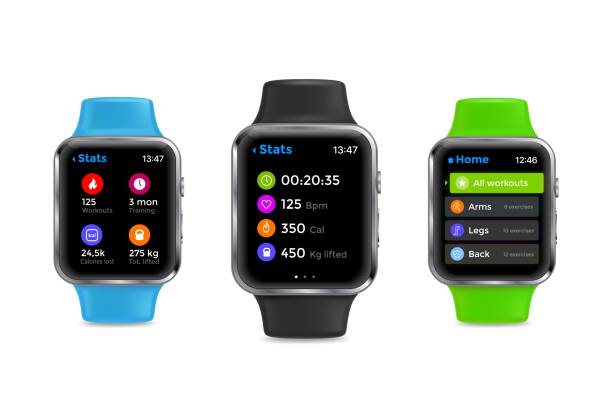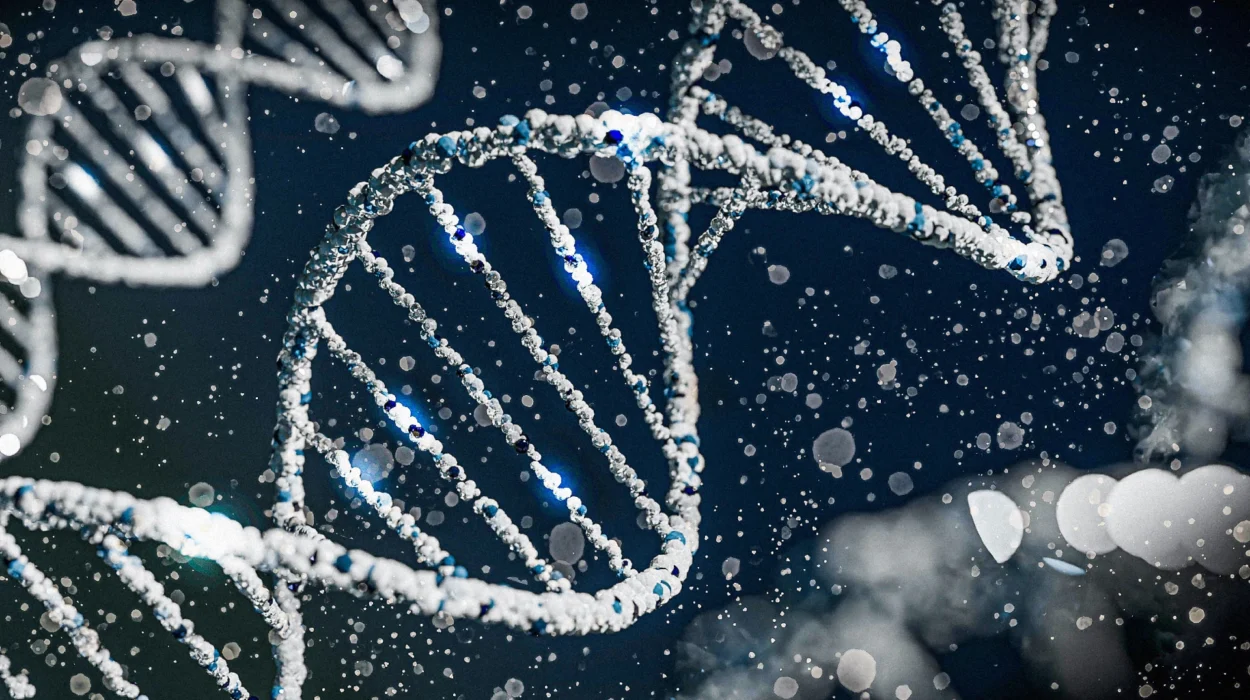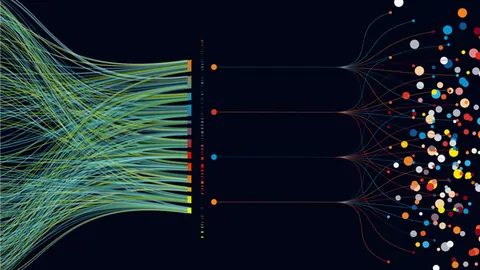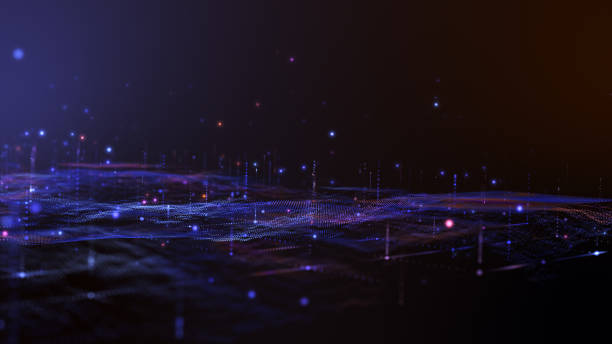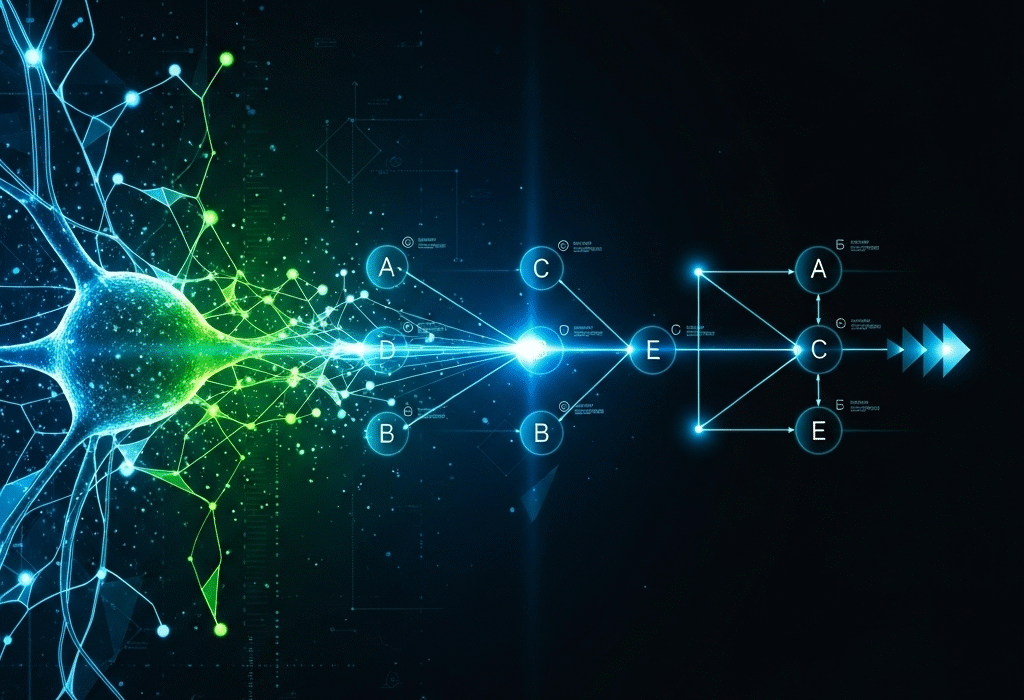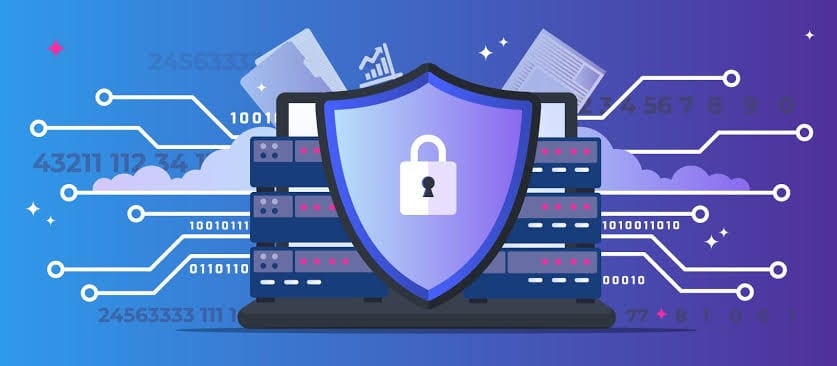From the moment we learn to speak, our questions often take a familiar form: “Why?” Why does the sky turn red at sunset? Why did my garden bloom better last year? Why do some people recover quickly from illness while others do not? Beneath this simple word lies a deep and ancient curiosity — the drive to understand cause and effect.
In science, medicine, economics, and even everyday life, knowing what happened is not enough. Observing that something changed tells only half the story. The deeper, more valuable knowledge comes from knowing why it changed. Did the new fertilizer make the plants grow taller, or was it simply a sunnier summer? Did a job training program really boost employment, or were those participants already more motivated than others?
This pursuit — separating correlation from causation — is the beating heart of causal inference. It is the art and science of figuring out what truly causes change, even when the world refuses to present clear, tidy experiments.
Correlation Is Not Causation: The Ancient Warning
The distinction between correlation and causation is easy to state but notoriously difficult to uphold. When two events occur together — ice cream sales and drowning incidents both rising in summer, for example — it is tempting to assume one causes the other. Yet more often than not, both are driven by a third factor: in this case, hot weather.
For centuries, philosophers wrestled with this problem. Aristotle wrote about causes in the Metaphysics, David Hume warned of the limits of human certainty in the 18th century, and statisticians in the 20th century began formalizing methods to tell real causes from mere coincidences.
Causal inference emerges from this philosophical and statistical lineage, blending mathematical rigor with logical reasoning. It accepts that we live in a messy, interconnected world, but it refuses to surrender to the idea that causes are unknowable.
The Counterfactual World
At the core of modern causal thinking lies a hauntingly simple idea: to know whether something causes an outcome, you must imagine what would have happened if it had not occurred. This imagined scenario is called the counterfactual.
If you want to know whether a new teaching method improves student performance, you need to compare the actual students who experienced it to themselves in a hypothetical world where they did not. But reality does not allow such parallel timelines. A student can’t be taught two different ways in the same year.
This impossibility is the central challenge of causal inference. We cannot directly observe the counterfactual. Instead, we approximate it with clever designs, careful assumptions, and statistical tools.
Experiments: The Gold Standard
When people think about proving cause and effect, they often think of experiments — specifically randomized controlled trials. In these studies, participants are randomly assigned to receive an intervention or not, ensuring that on average, the two groups are identical in all respects except the treatment.
The beauty of randomization is that it balances not only the factors we can see (like age, income, or prior health) but also those we cannot see or measure. If the treatment group fares better than the control group, we can attribute the difference to the treatment with high confidence.
But experiments have limits. They can be expensive, time-consuming, and sometimes unethical or impossible. You cannot, for instance, randomly assign people to smoke for decades to see if it causes lung cancer. Real life often forces scientists to work with observational data instead — messy, uncontrolled snapshots of reality.
Observational Data: Where Most Causal Inference Happens
Observational data is the raw material of most modern causal research. It’s the data collected from the world as it unfolds, without the careful structure of an experiment. Hospital records, economic reports, satellite images, social media activity — all these are observational.
The challenge here is confounding. A confounder is a variable that influences both the supposed cause and the outcome, creating a false appearance of causation. For example, coffee drinking might appear to cause heart disease if coffee drinkers also tend to smoke more. Unless we adjust for smoking, we might mistake correlation for causation.
Causal inference in observational data is about creatively finding ways to approximate the clean comparisons of an experiment.
Matching: Building a Fair Fight
One approach to making fair comparisons in observational data is matching. Imagine you want to compare the health outcomes of people who take a certain medication versus those who do not. Instead of comparing them directly, you first find pairs of individuals who are as similar as possible on all relevant characteristics — age, gender, medical history — except for whether they took the medication.
By matching each treated person with a similar untreated person, you attempt to mimic the balance that randomization would have created. While not perfect, this method helps control for confounders we can measure.
Regression and Adjustment: Controlling the Chaos
Another common tool is regression modeling, where you estimate the relationship between a treatment and an outcome while statistically controlling for other variables. If you can measure the confounders, regression allows you to hold them constant, isolating the effect of the treatment.
However, regression cannot save you if you forget to measure a confounder — or if the relationship between variables is more complex than the model assumes. Causal inference here requires both statistical skill and subject-matter knowledge to decide what variables to include.
Instrumental Variables: Nature’s Randomization
Sometimes, nature or policy provides an opportunity to mimic randomization. Instrumental variables are factors that affect whether someone receives a treatment but do not directly affect the outcome except through that treatment.
For example, in studying the effect of education on income, distance to the nearest college might serve as an instrument. It influences the likelihood of attending college but should not directly influence earnings except via education. Using such instruments, researchers can tease apart causation from confounding.
Difference-in-Differences: Learning from Change Over Time
When randomization is absent, comparing changes over time between groups can reveal causal effects. Suppose a state raises its minimum wage while a neighboring state does not. By comparing the before-and-after changes in employment in both states, you can isolate the effect of the wage change — assuming the states were on similar trends before the policy shift.
This method, called difference-in-differences, has become a staple in policy evaluation, offering a window into real-world causal effects without full experiments.
Natural Experiments and Quasi-Experiments
In the real world, events sometimes mimic experiments in unexpected ways. Policy rollouts, sudden weather changes, lottery wins — these can create treatment and control groups by accident. Researchers skilled in causal inference can spot these opportunities and use them to draw robust conclusions.
The famous study of the long-term effects of nutrition on health, for instance, used the Dutch famine of World War II as a natural experiment. Babies born during the famine, compared to those born before or after, offered insights into the lasting effects of early-life deprivation.
The Rise of Graphical Models
In recent decades, causal inference has gained powerful new tools from the work of Judea Pearl and others: causal diagrams or directed acyclic graphs (DAGs). These are visual representations of assumptions about how variables influence one another.
DAGs make it easier to reason about confounding, mediation, and collider bias. They clarify which variables to adjust for and which to leave alone, helping researchers avoid the trap of “overadjusting” and introducing bias.
Machine Learning Meets Causality
As machine learning has exploded in popularity, the temptation has been to use its predictive power for causal questions. But prediction and causation are different beasts. A model that predicts heart attacks well is not necessarily telling us what causes them.
Causal machine learning seeks to bridge this gap, combining flexible algorithms with causal reasoning to estimate treatment effects more accurately. Methods like causal forests, targeted maximum likelihood estimation, and doubly robust approaches aim to harness the strengths of both worlds.
The Ethics of Causal Claims
Causal inference carries profound ethical responsibilities. Declaring that something causes change can influence policy, public opinion, and personal decisions. A flawed causal claim can lead to wasted resources, harmful interventions, or missed opportunities for real improvement.
This is why transparency in assumptions, rigorous sensitivity analyses, and open debate are crucial. Good causal inference is not just a technical skill — it’s a moral commitment to truth and human well-being.
Why Causality Matters in an Uncertain World
In the 21st century, the challenges we face — from climate change to public health to economic inequality — are deeply causal in nature. We need to know not just what is happening, but what interventions will truly make a difference.
Causal inference offers hope. It is a discipline that acknowledges uncertainty yet strives for clarity. It accepts that we cannot run experiments on every aspect of life, but insists that we can still learn, with care and creativity, what changes the world for better or worse.
The Future of Causal Thinking
Looking ahead, causal inference will likely become even more essential. As data grows in volume and complexity, and as decisions increasingly rely on algorithms, we must ensure those algorithms reason about causes, not just correlations.
New hybrid methods — blending traditional statistics, graphical models, and machine learning — are already expanding the frontiers. Yet the human element remains irreplaceable: the curiosity to ask “why,” the judgment to interpret results wisely, and the humility to acknowledge when the evidence is not yet strong enough.
The Endless Question
Causal inference is more than a set of techniques; it is a way of thinking about the world. It urges us to resist easy answers, to look for hidden influences, to imagine the counterfactual. It reminds us that knowing the why is what allows us to act with purpose.
In the end, causal inference is not about eliminating uncertainty — that is impossible. It is about reducing it to the point where we can make informed, responsible choices. Whether in the lab, the legislature, or our daily lives, it gives us the tools to do more than watch change happen. It lets us understand, and perhaps even guide, the forces that shape our world.

